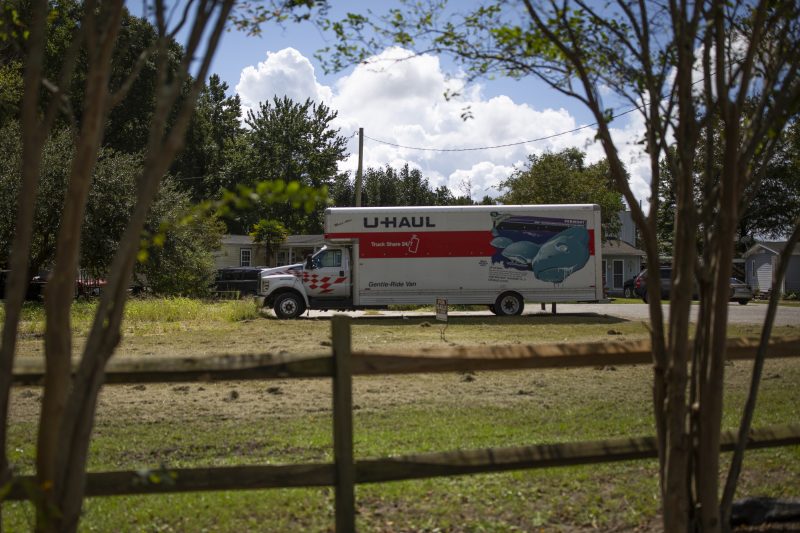Rural America is dying faster than it is producing new children. Census Bureau data released Thursday shows that, between 2021 and 2022, nearly 645,000 residents of rural counties died while only 494,000 were born.
The good news is that the population in those counties grew anyway — thanks to more than 163,000 new residents, almost certainly from more-populous parts of the country.
Or, put slightly differently: Red America is growing because blue America is shrinking.
To be fair, what the Census Bureau released isn’t a county-to-county migration data set. (Its most recent state-to-state data do show a lot of blue-to-red movement, for what it’s worth.) Instead, it’s a breakdown of the population change in each county since 2021, delineated by births, deaths and migration.
Overall, large urban counties (using definitions from the University of Wisconsin’s Population Health Institute) saw a slight decline in population, while rural ones saw a slight increase. Since “urban” and “rural” correspond to “strongly Democratic” and “strongly Republican,” the same pattern applies to counties that voted most heavily for President Biden or Donald Trump in 2020. Counties that backed Biden by more than 10 percentage points lost about 140,000 residents. Those that backed Trump by more than 10 percentage points added 991,000.
The map above shows the shift, with each county’s population shown as a circle scaled to its population percentile. (In other words, the largest 10 percent of counties have the largest circles and the smallest 10 percent, the smallest.) You can see some regional patterns; counties adjoining the Mississippi River from Illinois to Louisiana generally lost population, as did counties in Appalachia. Counties in Florida mostly added people.
The population growth in rural areas, though, came despite the imbalance in what’s called “natural” population growth: the difference between births and deaths. The most Democratic counties saw bigger natural net gains, in part because they’re more populous. The reddest counties lost more residents from death than they added from births.
It is likely that lower rates of vaccinations in red counties contributed to this pattern.
So how did red counties add population? People moved there. Rural counties added about 207,000 new residents from migration while urban counties lost 328,000. The counties that backed Trump by at least 10 points in 2020 added nearly 1.2 million residents.
On the map you can see where people were moving from; the New York City area and Southern California stand out in particular. (Manhattan actually added people, but the city’s other four boroughs lost far more.)
The figures above include both domestic and international migration. If we look at the international migration in each county, the pattern is different: Nearly every county added more residents from other countries than they lost to emigration. That was particularly true in cities.
That cities and heavily blue areas added so many international residents reinforces how dramatic the domestic exodus was. Urban areas lost 829,000 residents to other counties from 2021 to 2022; the most heavily Democratic counties lost almost 1.2 million. This doesn’t mean political doom for Democrats, mind you; a big chunk of those moving from cities to suburbs or rural areas will keep voting Democratic and potentially shift partisan margins in their new neighborhoods.
We should note that the disproportionate sizes of these county groupings is important. Yes, urban counties lost nearly 50,000 residents in total, but that’s relative to a 2021 population of more than 100 million people. You can shed a small fraction of New York City’s population and see huge percentage-point jumps in the number of people in less-populated rural areas.
That holds for blue and red counties, too. Red counties added less than 1 percent of their population in 2022. The most heavily Democratic counties lost less than a tenth of a percentage point. But blue counties overall gained residents, too, thanks to having more births than deaths.
Subtle changes. Over time — over more than 12 months, that is — such subtle changes can have a big effect.

